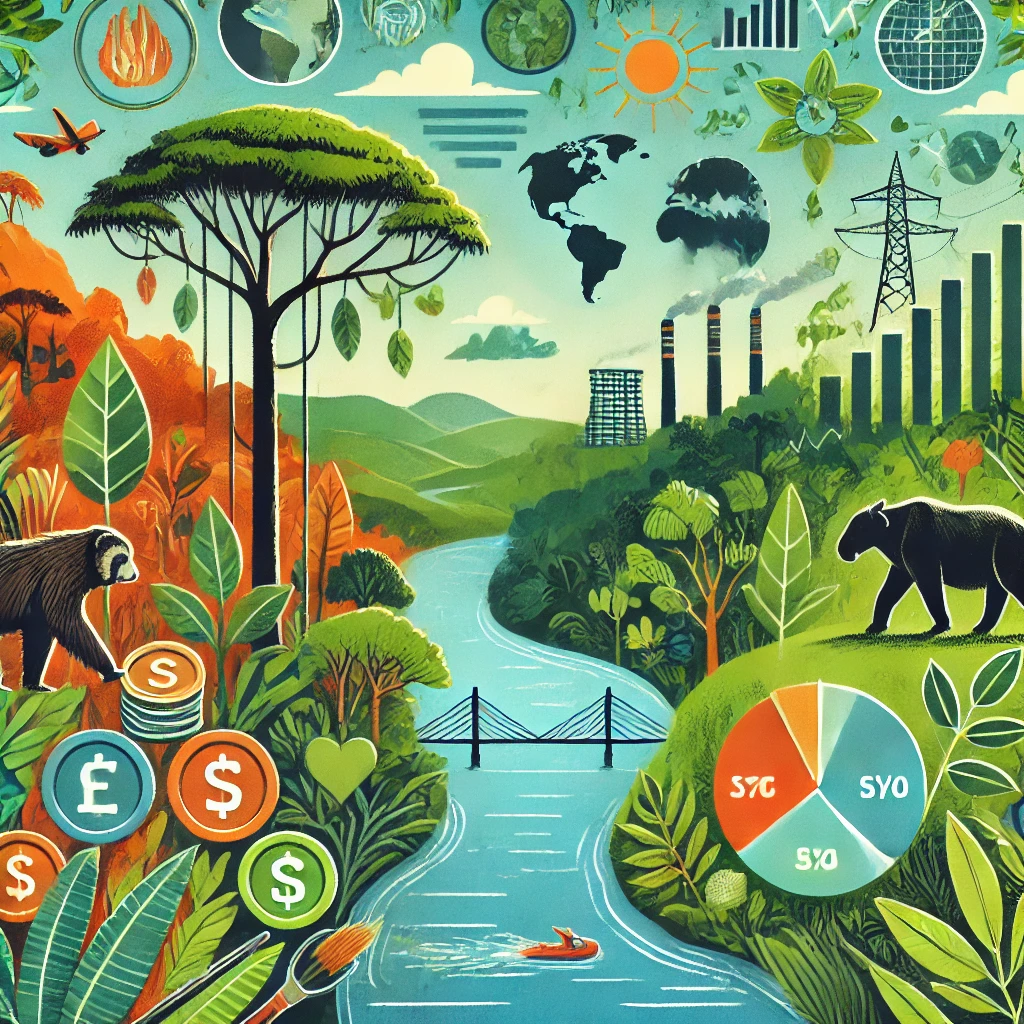The Amazon rainforest, often referred to as the “lungs of the Earth,” is a crucial component of our planet’s ecosystem. It plays a vital role in regulating the global climate, hosting diverse wildlife, and supporting indigenous communities. However, the Amazon faces significant threats from deforestation, mining, and industrial activities. To combat these challenges, it is essential to prioritize a nature-positive approach that harmonizes business, finance, and environmental conservation.
The Role of Business in a Nature-Positive Amazon
Businesses have a significant impact on the Amazon, both positive and negative. However, they also possess the potential to drive sustainable practices that protect and restore this vital ecosystem. Here are some ways businesses can prioritize a nature-positive Amazon:
- Sustainable Sourcing: Companies can adopt sustainable sourcing practices that ensure their products do not contribute to deforestation. This includes sourcing materials like timber, soy, and beef from suppliers who adhere to strict environmental standards.
- Eco-Friendly Technologies: Investing in eco-friendly technologies can reduce the environmental footprint of businesses operating in or near the Amazon. Renewable energy sources, waste management systems, and sustainable agriculture practices are critical components of this approach.
- Corporate Responsibility: Companies should incorporate environmental responsibility into their core values and operations. This includes setting targets for reducing carbon emissions, conserving water, and protecting biodiversity.
The Role of Finance in a Nature-Positive Amazon
The financial sector has a pivotal role in promoting sustainable development in the Amazon. By directing investments towards eco-friendly initiatives, financial institutions can support the preservation and restoration of this vital ecosystem. Here are some strategies:
- Green Investments: Investing in projects that promote renewable energy, sustainable agriculture, and conservation efforts can drive positive change. Green bonds and impact investing are financial tools that can support these initiatives.
- Environmental Risk Assessment: Financial institutions should incorporate environmental risk assessments into their decision-making processes. By evaluating the potential environmental impact of their investments, they can avoid funding projects that harm the Amazon.
- Supporting Indigenous Communities: Providing financial support to indigenous communities can empower them to protect their lands and preserve their traditional knowledge. This includes funding for sustainable enterprises and community-led conservation projects.
Challenges and Opportunities
While prioritizing a nature-positive Amazon presents challenges, it also offers significant opportunities:
- Balancing Economic Growth and Conservation: One of the primary challenges is balancing economic development with environmental conservation. However, this can be addressed by promoting industries that generate economic value while protecting natural resources.
- Collaborative Efforts: Collaboration between businesses, governments, NGOs, and local communities is crucial for achieving a nature-positive Amazon. Partnerships can help align goals, share resources, and implement effective conservation strategies.
- Innovation and Technology: Advancements in technology offer new ways to monitor and protect the Amazon. Remote sensing, blockchain for supply chain transparency, and artificial intelligence for wildlife monitoring are examples of innovative solutions.
Conclusion
Prioritizing a nature-positive Amazon is essential for the well-being of our planet. By aligning business practices and financial investments with environmental conservation, we can ensure the Amazon continues to thrive for future generations. The path to a sustainable future requires commitment, innovation, and collaboration across all sectors of society.
Embracing a nature-positive approach is not only a moral imperative but also a strategic advantage. A healthy Amazon supports global biodiversity, regulates climate, and provides invaluable resources that benefit everyone. It is time to make the protection of this vital ecosystem a priority in business and finance.




